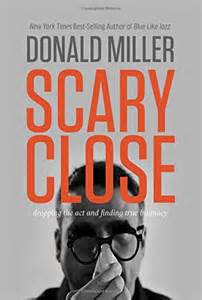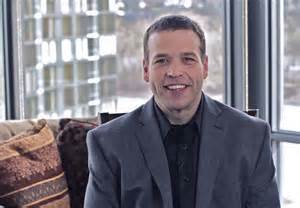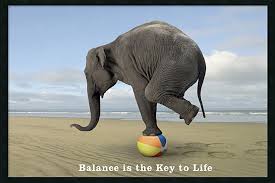 Last week’s newsletter brought this thoughtful response from Sheryl Bullock who is a life coach: I am not particularly good at crossing cultural and age barriers to develop relationships with others. I would love to hear your stories about the people you mentioned…. What questions did you ask them initially? How did they respond? At what point did you know you had made a good connection with them? …There is a huge need for this information. People love stories and I think you still have many to tell!
Last week’s newsletter brought this thoughtful response from Sheryl Bullock who is a life coach: I am not particularly good at crossing cultural and age barriers to develop relationships with others. I would love to hear your stories about the people you mentioned…. What questions did you ask them initially? How did they respond? At what point did you know you had made a good connection with them? …There is a huge need for this information. People love stories and I think you still have many to tell!
Here are some observations that I’ve had to this point:
- Ask God to lead. Sometimes when I will go into a church service, fitness club or restaurant I ask God to open a conversation that might be of value. The previous post mentioned friendships arising from casual conversations with a grocery checker, a waiter, and a stranger at a conference book table. These contacts seemed to arise spontaneously. Did they? Be available and you will be connected.
- Cultivate the attitudes that characterize all good cross-cultural conversations: Be friendly, sensitive, willing to learn, respectful, authentic, not paternalistic (looking down on others), flexible. It’s amazing how people respond positively to attitudes like these.
- Resist your biases. (We all have them). If you disapprove of people who differ from you, this will be picked up quickly. That stifles connectivity.
- Express genuine interest in others. Ask open-ended questions. Then listen. Recently my wife and I moved into a condo community where we didn’t know anybody. Doors have opened with statements like “Hi, my name is Gary and we’re new here. Tell us about you.” Ask others about themselves and they usually respond. This works with visitors to your church, for example, with people you meet in the fitness club, or even with busboys who pick up your restaurant dishes.
- Respect boundaries by avoiding personal questions or asking about confidential information.
- Expect that some people won’t respond to your overtures. This may reflect shyness, discomfort with your friendliness, or cultural differences. What works where I live will need to be adapted elsewhere.
Previously I mentioned a good friend who is French. He jokes that his countrymen are like baguette bread: hard on the outside but very soft once you get past the crust. This takes time, patience, and sensitivity but the benefits are great. How have you connected across age and cultural gaps? Please comment.
 gh it’s way outdated. The publisher was not interested when I suggested an updated 40th anniversary edition but in many ways my focus has shifted from people helping to people building. This is a focus on walking with those who are going through transitions, decision-making and other life events that are less in need of counseling and better served by friends, encouragers, mentors and trained coaches.
gh it’s way outdated. The publisher was not interested when I suggested an updated 40th anniversary edition but in many ways my focus has shifted from people helping to people building. This is a focus on walking with those who are going through transitions, decision-making and other life events that are less in need of counseling and better served by friends, encouragers, mentors and trained coaches.



 r twenties and early thirties. Many of the articles stretch me, keep me aware of new trends and sometimes surprise me. Consider the cover article on our need for heroes published in the July-August 2014 issue. This was not about mentors or well-known celebrities. It’s about comic-book characters, Batman, Superman, and The Amazing Spider-Man 2. It describes the appeal of these superheroes, especially among young people looking for their identities. The article shows the biblical origins of many superheroes and what they can teach us about our calling.
r twenties and early thirties. Many of the articles stretch me, keep me aware of new trends and sometimes surprise me. Consider the cover article on our need for heroes published in the July-August 2014 issue. This was not about mentors or well-known celebrities. It’s about comic-book characters, Batman, Superman, and The Amazing Spider-Man 2. It describes the appeal of these superheroes, especially among young people looking for their identities. The article shows the biblical origins of many superheroes and what they can teach us about our calling.




